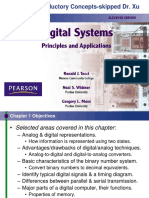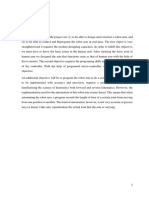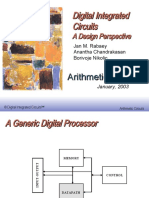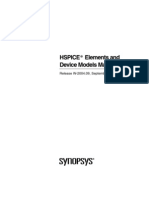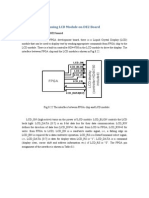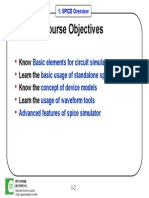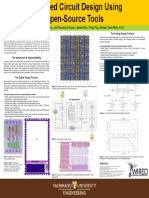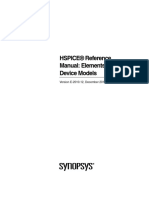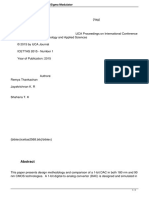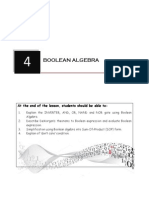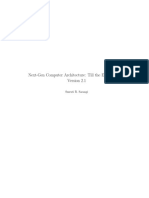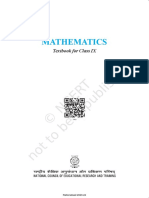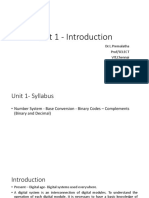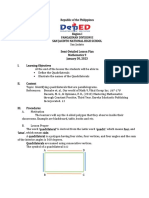0% found this document useful (0 votes)
254 views50 pagesCh6-Digital Arithmetic Operations Circuits
Uploaded by
FAZRI RENDI KURNIAWANCopyright
© © All Rights Reserved
We take content rights seriously. If you suspect this is your content, claim it here.
Available Formats
Download as PDF, TXT or read online on Scribd
0% found this document useful (0 votes)
254 views50 pagesCh6-Digital Arithmetic Operations Circuits
Uploaded by
FAZRI RENDI KURNIAWANCopyright
© © All Rights Reserved
We take content rights seriously. If you suspect this is your content, claim it here.
Available Formats
Download as PDF, TXT or read online on Scribd
/ 50




